The Future of Social Robots in Healthcare: A New Perspective
Have you heard of social robots? They're an autonomous robot designed to interact with humans AND other robots in a way that's socially acceptable.They convey their intentions in a way that's understandable to us humans.

Have you heard of social robots? They’re an autonomous robot designed to interact with humans AND other robots in a way that’s socially acceptable (so no awkward robots here!). They convey their intentions in a way that’s understandable to us humans, and they’re even empowered to work together with their fellow teammates, whether human or robot, in a healthcare environment.
The Future Of Social Robots A New Perspective In Healthcare
To make these interactions work smoothly, social robots need to have a few key qualities. For one thing, they need to be able to move and operate in the real world (so they’re not just stuck in a lab or put in a closet somewhere). They also need to be able to react quickly to unexpected situations that might come up. And of course, they need to be really good at figuring out how to achieve their goals in social situations whether they’re working with humans or other robots.
Overall, it’s pretty cool to think about how researchers in the technology sector are advancing to the point where robots can engage, interact, communicate and collaborate with us and each other. Who knows what amazing things we’ll be able to achieve together!
Introduction to Social Robots in Healthcare
Social robots are increasingly being used in healthcare to provide emotional support, companionship, and assistance to patients. These robots are designed to interact with humans in a natural way, using artificial intelligence and machine learning algorithms to understand and respond to human emotions and needs. Social robots have the potential to revolutionize the way healthcare is delivered, improving patient outcomes and reducing the workload of healthcare professionals.
Research, Robots and Computer Science

Hey, did you know that robots are becoming more and more helpful? They’ve been assisting humans with difficult tasks, like exploring space and the deep oceans, for years. But now, a new generation of robots is being designed to support us right here at home!
Imagine this: in the near future, robots could help care for elderly folks who live alone. They could remind them to take their medicine, read them books, and even provide emotional support. Humans are social beings by nature. Social robots provide a way to decrease loneliness in older adults and even children.
And with the world’s aging population growing rapidly, healthcare services are feeling the strain. That’s where these robots come in handy. They could help elderly folks live independently for longer, and provide much-needed assistance to overworked caregivers.
So, get ready for the robot revolution - it’s going to make life a little bit easier for everyone!
Seniors Want To Age In Place

In today’s society, most older adults aim to age in place, in their own environments and familiar surroundings. With support of their family members, many are able to delay or avoid an admission to a nursing home. But cognitive, physical, emotional, social, and/or relational changes may prevent them from doing so. Researchers are exploring assistive technologies that support cognitive function and memory and the physical functions such as mobility issues and balance.
Robots Support Aging in Place
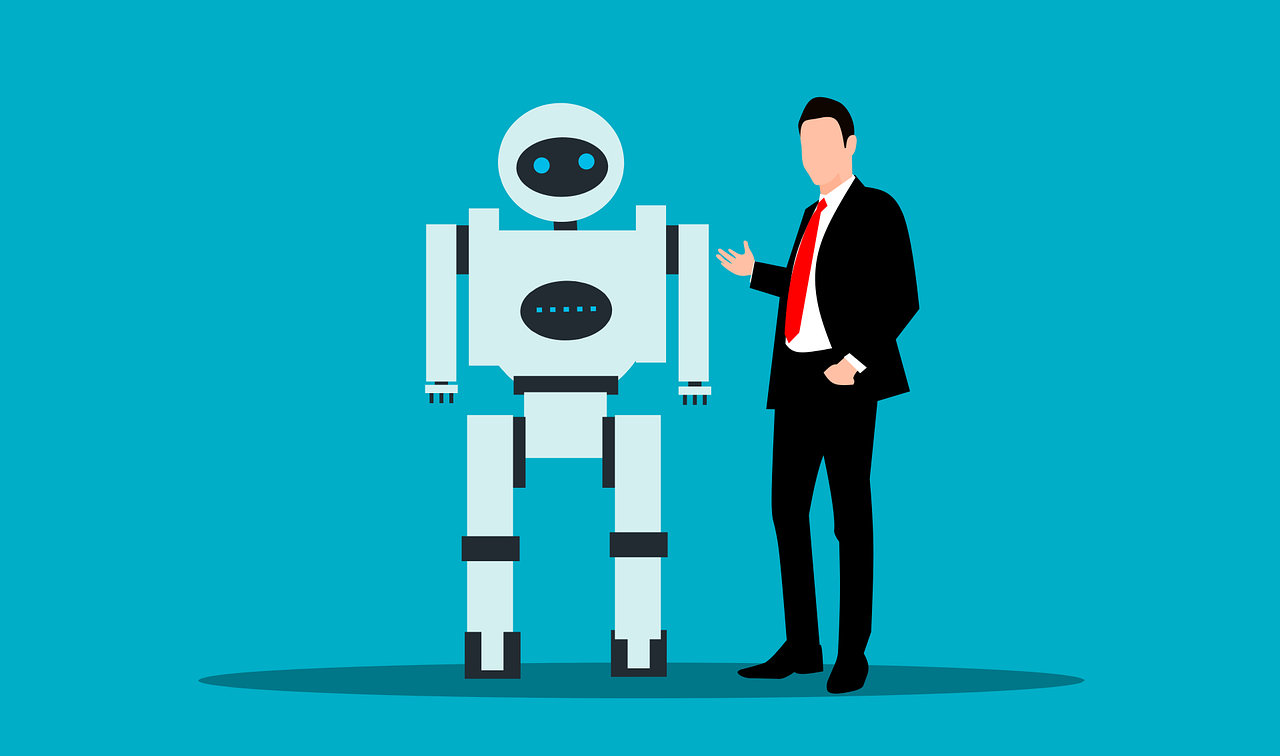
Did you know that robots can help older adults age in place? They can assist with everything from hobbies and social communication to learning new skills. Social robots even provide social functions, allowing for interaction between humans and machines.
Companion robots like Paro, a companion robot designed for providing companionship, are being used in nursing homes to improve psychological status and overall well-being. Nursing homes are using this sweet social robot to improve psychological status and overall well-being while reducing stress and feelings of loneliness in older adults. Robotic pets provide emotional companionship for older adults and has been such a blessing to those pet lovers with dementia. These cute social robots encourage seniors to engage with the pet. This is a robot capable of evoking warm emotions and a sense of comfort to many seniors.
What is a Telepresence Robot?
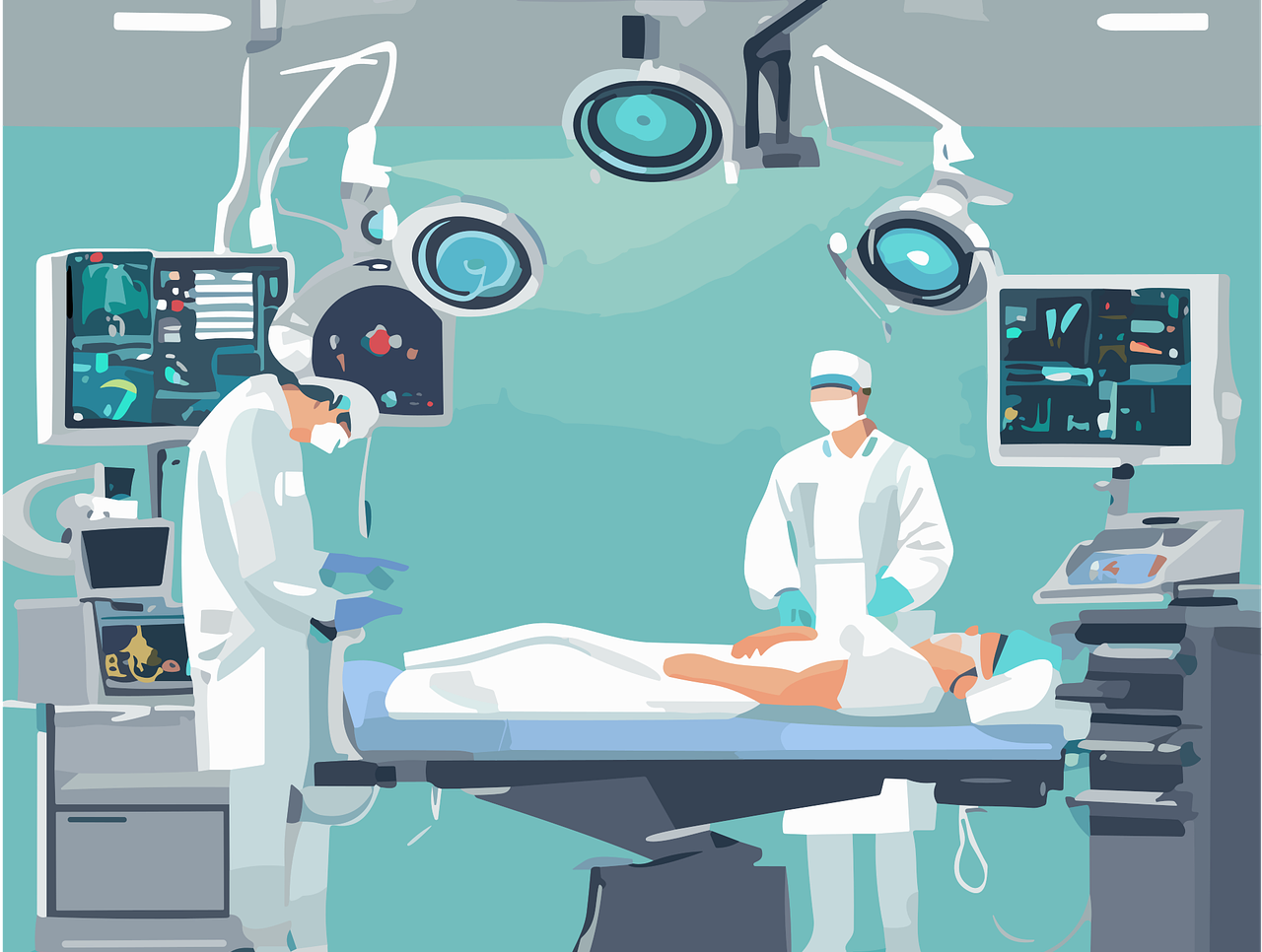
Telepresence robots are a type of social robot that allows the user to be virtually present in a space. They use cameras, sensors, and software to enable remote control over their movements. Telepresence robots can help healthcare professionals provide better patient care by allowing them to be present with patients remotely. The technology also helps bridge the physical distance between healthcare professionals and patients, thus enabling communication and collaboration, even when they are not in the same room. Telepresence robots have been used in healthcare settings to monitor patient vitals, provide consultation with medical specialists located far away, and assist nurses with their daily tasks. There are surgeons that use these types of autonomous systems to perform surgeries in other parts of the world. Robotic assistance in these procedures enhances precision and improves patient outcomes, making complex surgeries more feasible. Yes, the surgeon may be in Boston, MA performing surgery on someone in another country. This allows specialists to use technology of robotics to provide services to those in need in other countries.
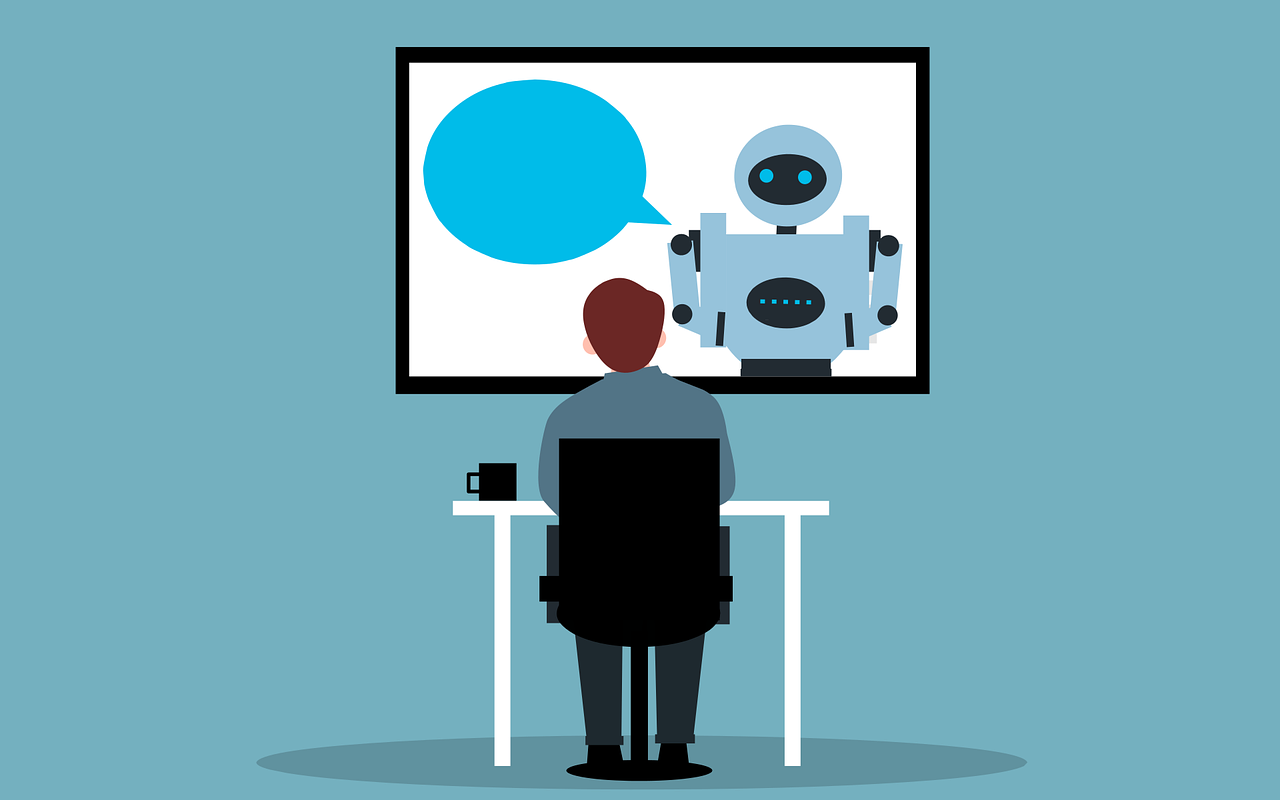
Another use of telepresence robots keeps older adults connected to loved ones and resources, promoting independent living. The best part? Using robots for enriching activities can boost mood, decrease loneliness, decrease stress, and increase social interactions. By incorporating robots into their homes, older adults can stay engaged in hobbies and activities they love, promoting healthy aging. This technology helps long distance caregivers monitor their loved ones activity levels and have regular social interaction with family members. Seniors are playing games with their grandkids. It helps reduce stress as a long distance family caregiver can see their aging loved ones facial expressions, monitor their daily living activities and observe their aging loved ones behavior through regular and ongoing communications
Social robotics can assist healthcare professionals by monitoring patient vitals remotely or providing medical assistance in remote locations, as I mentioned earlier. Overall, social robots are a promising technology that can revolutionize the way healthcare is provided. They offer many benefits such as improved patient care, increased collaboration between healthcare professionals, and increased efficiency in providing care.
Overall, social robots provide a new perspective on healthcare and can revolutionize the way health services are delivered. With their advanced technologies such as voice recognition, artificial intelligence (AI), and machine learning algorithms and computing machinery, social robots can interact with people in a more natural and human-like way. Natural language processing and speech recognition capabilities can also enable more human-like interactions with patients.
This is important as we have so many seniors that have become hard of hearing, or have a difficult time understanding a different accent than they are used to hearing. The future of social robots will allow a family to use personal settings and address the various aspects of a persons life. As I said before, i would like to have a person centered profile on each family member. Human robot interaction will increase as these social machines become more person specific. Human expectations demand an individualized approach, and a type of human interaction experience.
Robotic systems are being developed to aid older adults in routine activities such as cleaning, picking up and/or retrieving objects, getting into and out of bed, meals, and mobility In contrast, relatively little attention in robotics or artificial intelligence (AI) has been given to the social, emotional, and relational aspects of older adults’ lives. We envision intelligent social technologies for the home that not only help older adults with daily activity difficulties and health problems but also contribute to emotional wellness via social engagement
Types and Design of Social Robots
There are several types of social robots used in healthcare, including companion robots, telepresence robots, and socially assistive robots. Companion robots are designed to provide emotional support and companionship to patients, while telepresence robots allow healthcare professionals to remotely interact with patients. Socially assistive robots are designed to assist patients with daily tasks and provide support with rehabilitation and therapy. The design of social robots is critical to their success, with factors such as appearance, voice, and movement influencing how humans interact with them.
Artificial Intelligence in Social Robots
Artificial intelligence (AI) is a key component of social robots, enabling them to understand and respond to human emotions and needs. AI algorithms are used to analyze data from sensors and cameras, allowing the robot to recognize and respond to human emotions and behaviors. Machine learning algorithms are also used to enable the robot to learn and adapt to individual patient needs and preferences. The use of AI in social robots has the potential to improve patient outcomes and reduce the workload of healthcare professionals.
Caregiver Crisis
As baby boomers age, the projected shortage of trained personnel and facilities, such as nursing homes, poses a significant challenge to the healthcare industry over the next few decades. Introducing social robots that use social cues and interact with users in “interpersonal” ways as a means to reduce older adults’ social isolation by fostering face-to-face connectedness with family, friends, staff, doctors, and other professionals.
Meet BUDDY and Astro, two innovative robots designed to enhance independent living and aid in post-operative recovery. BUDDY is a cute, medium-sized dog-like robot that can assist with daily tasks such as scheduling appointments, offering cognitive stimulation, and the video data allows patrolling the home for security. Astro is a tall, social humanoid robot that can be used as a walking aid and guide users through prescribed exercises.
In developing these robots, researchers in ACCRA worked directly with elderly individuals and their caregivers to ensure that their needs and expectations were met. Participants noted that the emotional and cognitive interactions with BUDDY were crucial in promoting wellbeing, and the robot’s developers plan to continue improving these aspects with further support and feedback from family caregivers and their loved ones.
While developing robots that can interact with humans on a level comparable to other humans may be too costly and time-consuming, BUDDY and Astro offer significant benefits for those seeking more independent living and improved mobility. By co-creating robots with users and managing human expectations, researchers hope to continue advancing the capabilities of these technologies
Applications of Social Robots in Healthcare
Social robots are being used in a variety of healthcare applications, including mental health interventions, rehabilitation and therapy, and elderly care. Social robots have been shown to be effective in reducing stress and anxiety in patients, improving mood and cognitive function, and providing support with daily tasks. They are also being used to provide companionship and emotional support to elderly patients, reducing feelings of loneliness and isolation.
Meet Pepper and Cozmo
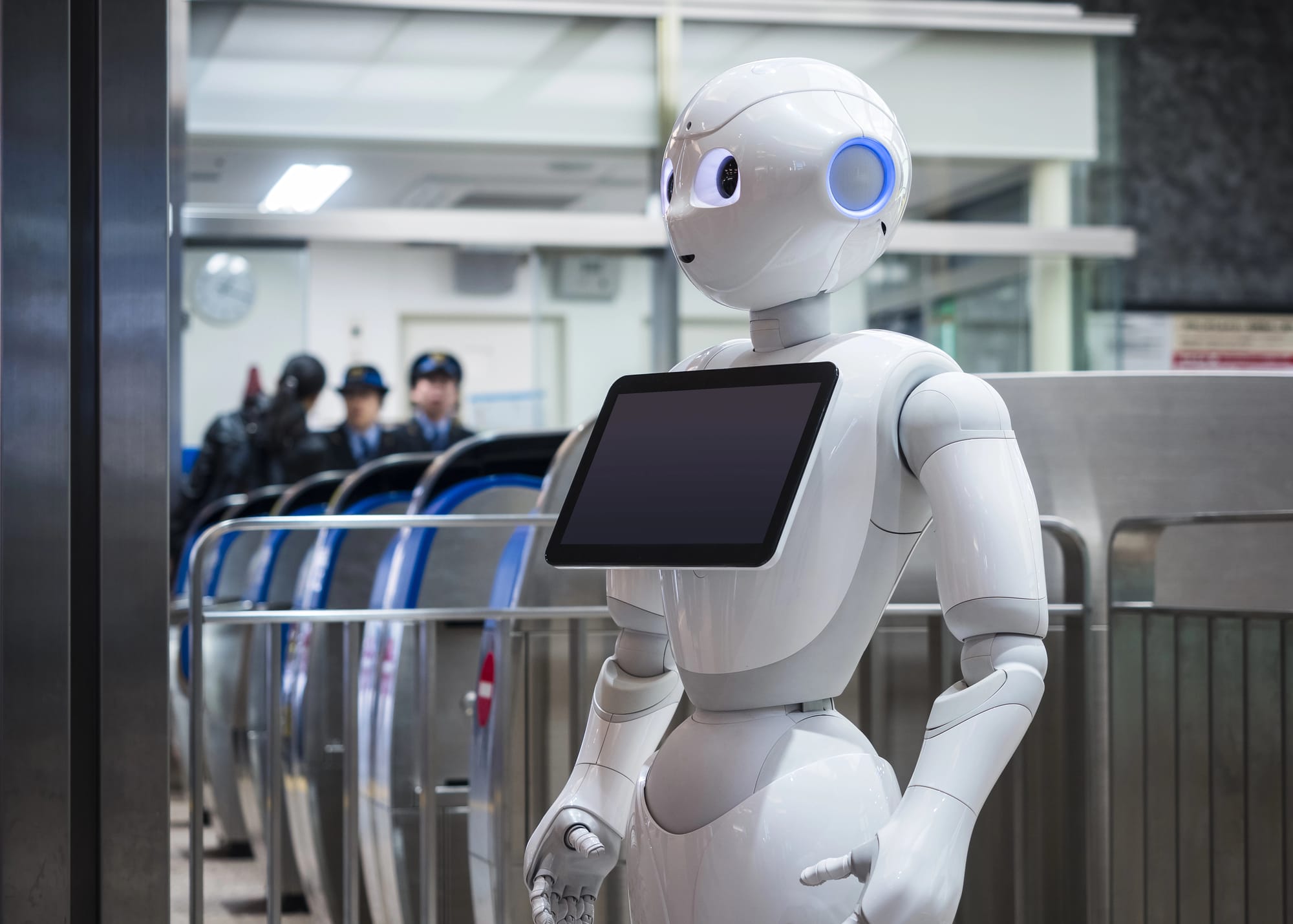
Let me introduce you to Pepper and Cozmo, social robots. AccMeet ording to Emily Cross, a professor of social robotics at the University of Glasgow, these robots do not necessarily need to look and act human-like to be appealing to humans. In fact, her Social Robots project discovered that a toy robot called Cozmo can have much more of an impact on social cognition in children and adults than the more expensive and human-like Pepper.
The project also found that how someone is introduced to the robot has just as much impact as its appearance and abilities. Understanding human robot interactions is vital for ensuring that these robots can effectively support elderly individuals and patients in healthcare settings. This understanding of human robot interaction is vital, especially for countries with aging populations who need affordable and effective social robots on the market. The good news is that in the next decade, will bring a new generation of robots that will extend older people’s ability to live independently.
Meet Furhat by Furhat Robotics
Furhat Robotics is on a mission to create a robot that people could interact with as easily as they would with another human. Meet Furhat, the first robot on the market with a back-projected face! What does that mean? Back-projected face robots are a type of social robot that use projected images on a screen to create a realistic human digital avatar. The computer vision of these robots use sophisticated computer algorithms to accurately mimic facial expressions, gestures, and body language in order to facilitate more natural interactions with their human counterparts.
What makes this so special? Well, the projector allows you to change the robot’s skin color, makeup, and even facial features at the click of a button. And because of the way it’s designed, Furhat’s movements are incredibly smooth and natural-looking, so you won’t get that creepy almost human like effect.
But that’s not all. Furhat is a social robot designed to participate in conversations just like a human would, with nods and other natural gestures. Furhat exemplifies the potential of socially assistive robotics in providing emotional and social support to users. It is able to interact in a variety of different social situations with an easy type of human interactive communication system. Human beings introduced to Furhat
Plus, Furhat is equipped it with the latest speech recognition and automatic lip sync technology,and artificial intelligence it can converse in over 40 languages! With Furhat, the opportunities to create humanlike robots with expressive characters are limitless., social robots are the way of the future. The Furhat Robotics company is focusing on becoming the leading social robotics company in the world.
Meet Misty
Meet Misty, the new programmable mobile social robot from Misty Robotics. Recently acquired by Furhat, Misty has already made waves performing temperature screenings in workplaces and healthcare settings. But that’s just the beginning - researchers are now touting Misty as a valuable tool for communicating with people who have autism and Alzheimer’s. Misty's capabilities make her an effective tool for mental healthcare interventions, particularly in addressing social anxiety and loneliness.
What’s really cool about humanoid robots like Misty is how expressive she is. Using her eyes and sounds, she can express a wide range of facial expressions and emotions, from joy to sadness. And her head, neck, and arms all move, so she can communicate curiosity or excitement. Misty has touch sensors and responds to touch and can recognize and remember people. Plus, she’s powered by top-of-the-line artificial intelligence, capable of detecting 80 different objects. Interacting with Misty, a person can make eye contact and Misty will respond with the appropriate emotions. Misty is one very social robot!
Human–robot interaction
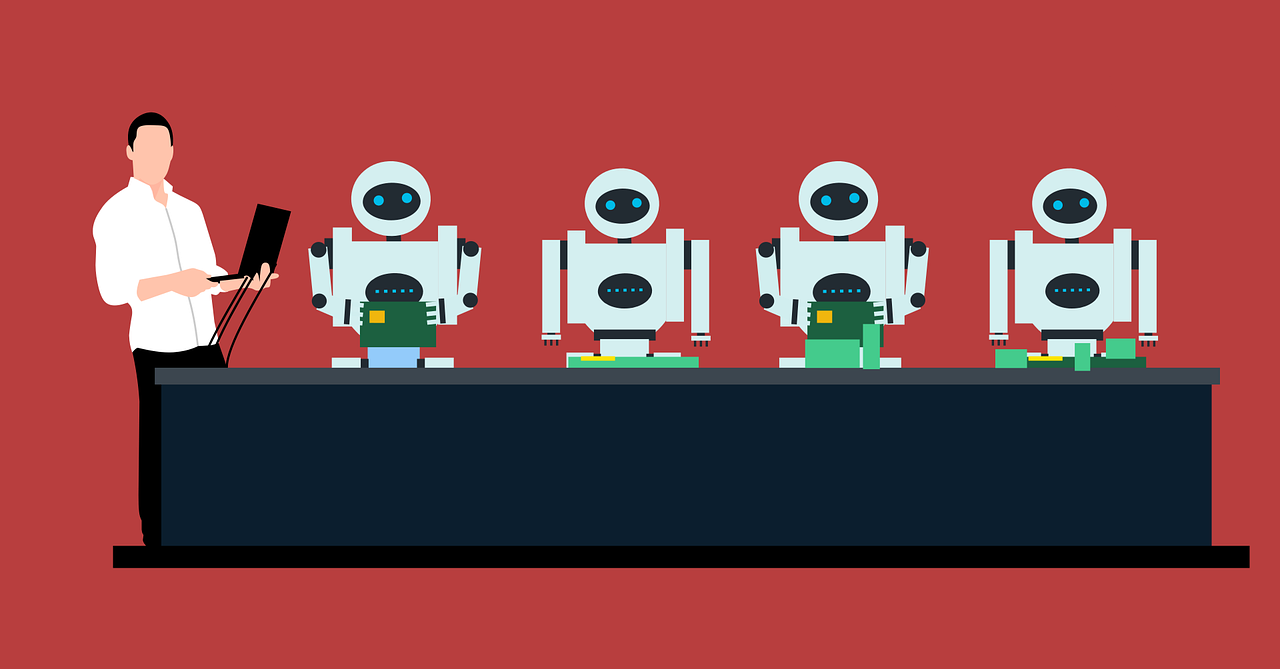
Let’s talk about human robot interaction. Human-robot interaction is a give-and-take, and both parties, humans and robots, need to learn from each other. Scientists studying this field typically focus on how robots can understand human intentions, but it’s essential for humans to understand robot behavior as well.
Researchers from MIT and Harvard University have collaborated to apply established theories of human concept learning to advance human-robot interaction. A systematic review of existing studies can provide valuable insights into the most effective methodologies for improving human-robot interaction. They examined prior studies on human beings teaching robots new behaviors and found that two cognitive science theories could have improved the methodologies used.
By incorporating elements and the variation theory of learning, humans can form mental models of robots quicker and more accurately. Better understanding of a robot’s behavior can lead to greater cooperation and safer collaboration in high-stakes industries such as healthcare and manufacturing.
Researchers have learned that human expectations of robots is based on various experiences. For instance, it is essential to show humans both positive and negative examples of a robot performing a task to build an accurate mental model of the robot. Furthermore, if a robot’s design resembles a human but moves differently, it can confuse people and make it challenging to learn to interact with the robot.
In conclusion, scientists must use everything at their disposal to help humans build the most accurate mental models of robots possible, as inaccurate models could put people in harm’s way. Regular everyday humans can assist researchers to design more effective robot experiments and improve the physical robot design.
Have you ever wondered how we can make robots more accessible to regular people? By utilizing imitation learning, artificial intelligence, and computer modeling, we can improve the relationship between humans and robots. This will enable robots to adapt to new users and tasks, making them more efficient and effective in helping us solve everyday problems.
To achieve this goal, there are three areas of research we need to consider: cognitive, emotion and perception, and hardware. By focusing on how humans process information, how we share and interpret information and learn to trust, and by building better hardware, we can ensure that humans and robots can work together seamlessly.
Think about how the personal computer revolutionized the way we work and play. Now, society stands at the brink of another revolution - one where robots will change the way we live and think. Whether it is a factory supervisor switching products or a stroke victim inspecting their garden using drones, we can harness the power of robotics to help make our lives easier and more productive.
Benefits and Challenges of Social Robots in Healthcare
The benefits of social robots in healthcare include improved patient outcomes, reduced workload for healthcare professionals, and increased patient satisfaction. However, there are also challenges to the adoption of social robots in healthcare, including concerns about safety, privacy, and liability. Additionally, there is a need for further research on the effectiveness and efficacy of social robots in healthcare, as well as the development of standards and guidelines for their use.
Future Developments and Emerging Trends
The use of social robots in healthcare is expected to continue to grow in the coming years, with emerging trends including the use of AI and machine learning to improve robot performance and the development of new applications for social robots in healthcare. Additionally, there is a growing interest in the use of social robots in mental health interventions, with research showing promising results in reducing symptoms of anxiety and depression. As the field continues to evolve, it is likely that social robots will become an increasingly important part of the healthcare landscape.




